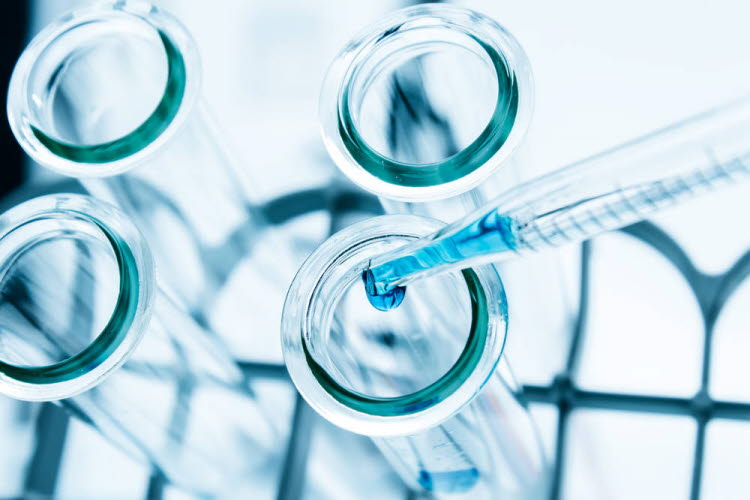Over the past half century the Air Operated Double Diaphragm (AODD) pump has evolved to become a unique solution for the complex fluid transfer needs encountered within the biopharmaceuticals industry. Because of the critical nature of some processes, inefficient product transfer methods such as manual rolling carts with containers, purging tanks to evacuate product or manual gravity feeding transfers have been common. However, purpose-designed AODD pumps for this industry now allow further use of pumped transfer processes (and associated production and energy efficiency) approaching the degree already encountered in the general chemical/industrial sectors.
The diaphragm concept is already well known in the biopharmaceuticals industry as a result of the widespread employment of diaphragm valves. The diaphragm valve has long been the valve of choice because of its high product containment and clean-ability traits. These are also available with the AODD pump, together with a sealless stem and shaft-free product side environment.
This is important as both the diaphragm valve and diaphragm pump have less risk of producing damaging shear and neither technology has dynamic seals, which are potential points of leakage that could lead to contamination of the product and environment. With the innovations and enhancements for the ultra-sanitary conditions needed by the pharmaceutical industry, the diaphragm pump is now an attractive option for many fluid transfer duties. These processes - and the products they produce - must meet a wide array of regulations and certifications to ensure that they are being performed in a high purity environment. Among the regulations that AODD pumps can satisfy are EHEDG, 3A, CE, ATEX, USP Class VI and FDA CFR 21.177.This includes a validation package with mill, 3.1b.polish, passivation and classified area use certification.
The nature of the liquids can run the gamut from extremely shear-sensitive to highly viscous, and semi-solids can range from liquid glucose to polymer slurries. Pharmaceutical and biochemical fluids currently pumped by AODD pumps include: blood and by-products, live cell cultures and vaccine producing solutions, egg emulsions for vaccine production, pill coatings, eye care solutions, fluids for oncology, specialised disinfectants, nutraceuticals, vitamins, topical (creams/lotions), and filter media. The employment of AODD technology can guarantee safe transfer during the production process.
The benefits of AODD pumps
AODD pump technology offers the biopharmaceutical manufacturer a considerable number of benefits of which here we list only a selected few:
- Sterile product transfer – AODD pumps remove the need for gas-purge systems in continuous processes because the technology allows both the filling and emptying processes to occur at the same time, while keeping the product contained and pure.
- Process flexibility – AODD pumps can accommodate highly variable process conditions found in many hygienic conditions.
- Sampling – complex pharmaceutical processes under strict conditions require frequent and multi-point sampling. AODD pumps provide the ability to extract samples while maintaining a high degree of containment and avoiding cross-contamination.
- Clean in Place (CIP) – the AODD pump’s self-priming, dry-running and sealless design is ideal for CIP operations.
- Chromatography, separation, purification and filter feed – these processes often require shear-sensitive transfer and constant pressure feed, traits that are found in AODD pumps. Extracting delicate cell structures from centrifuge discharge provides a good example of the role for the AODD pump.
Cleaning and maintenance
Cleaning and maintaining this type of pump is very simple, having been designed for easy disassembly. In their highest hygienic configurations AODD pumps are designed for CIP cleaning, thereby eliminating manual labour and contamination risks.


